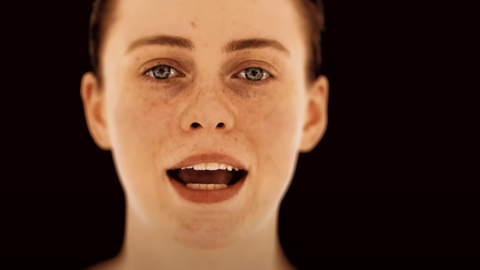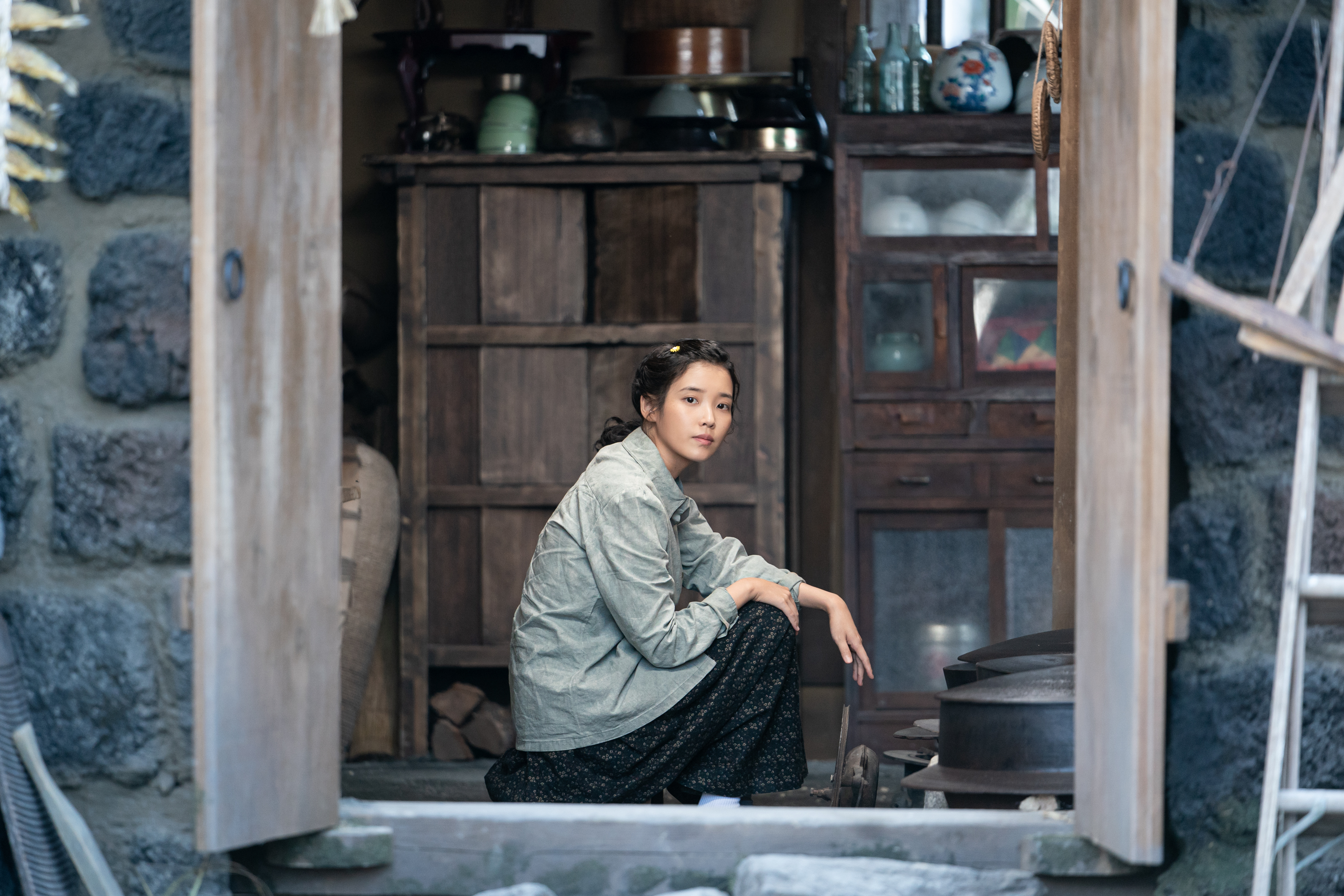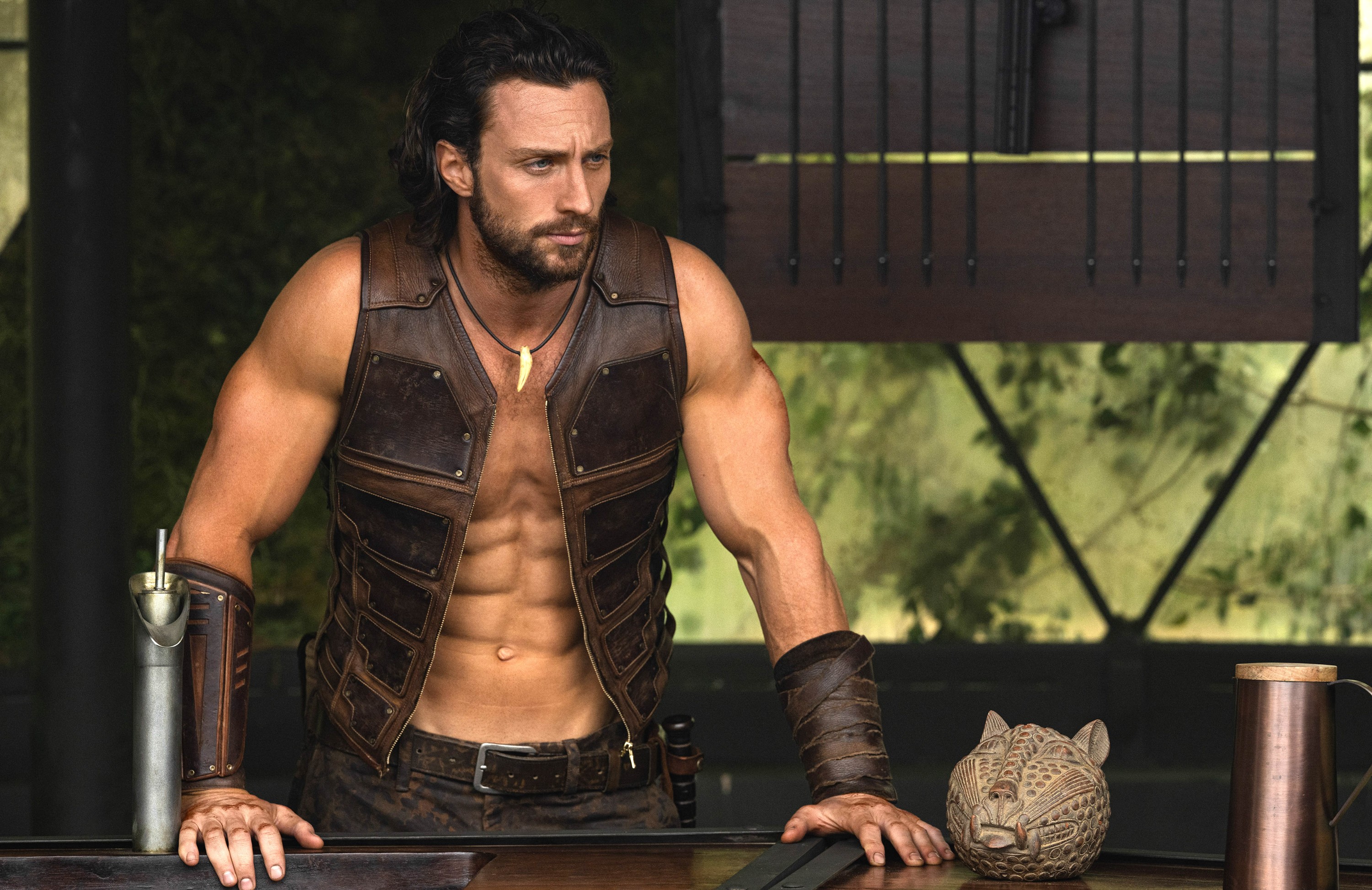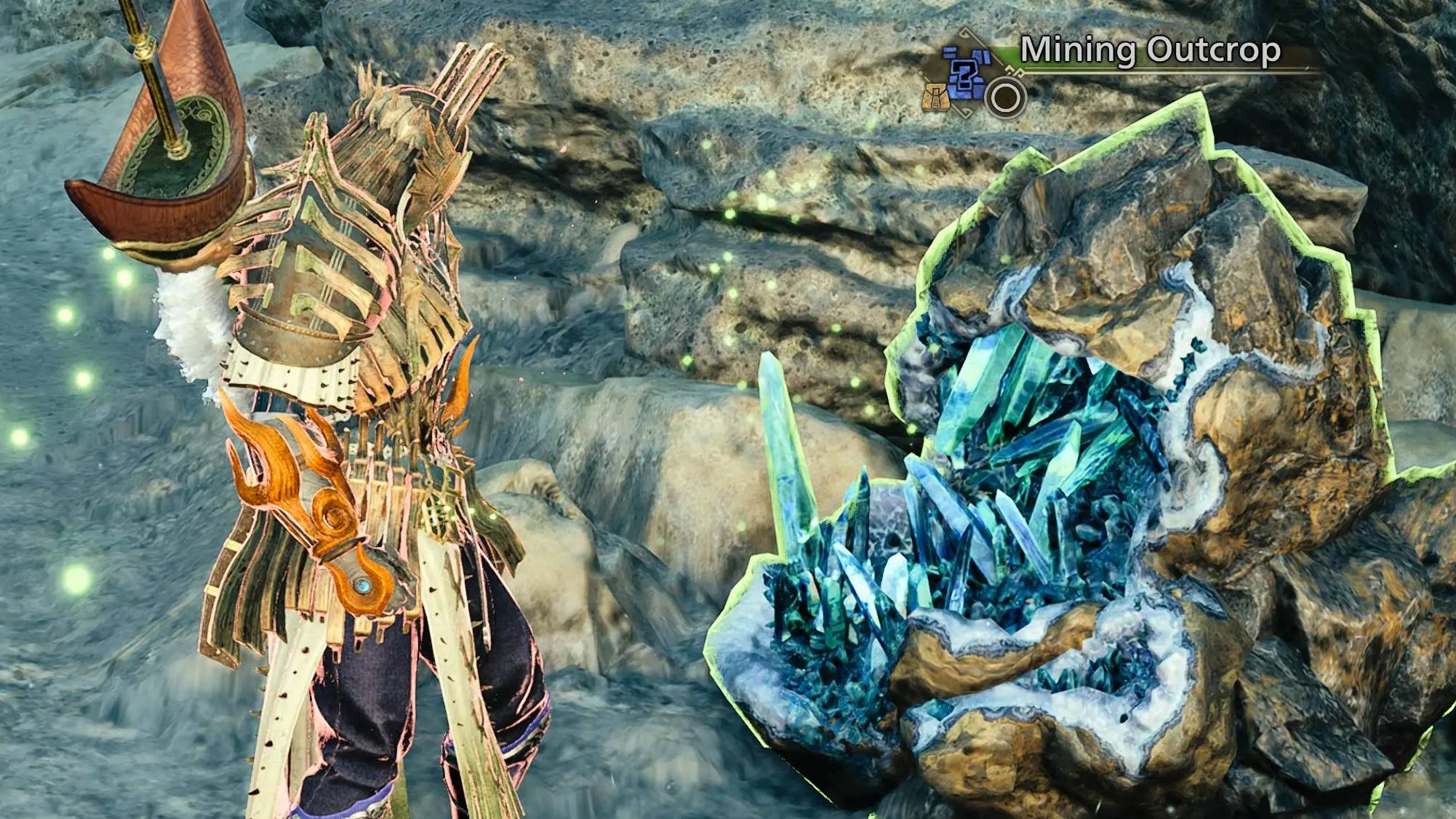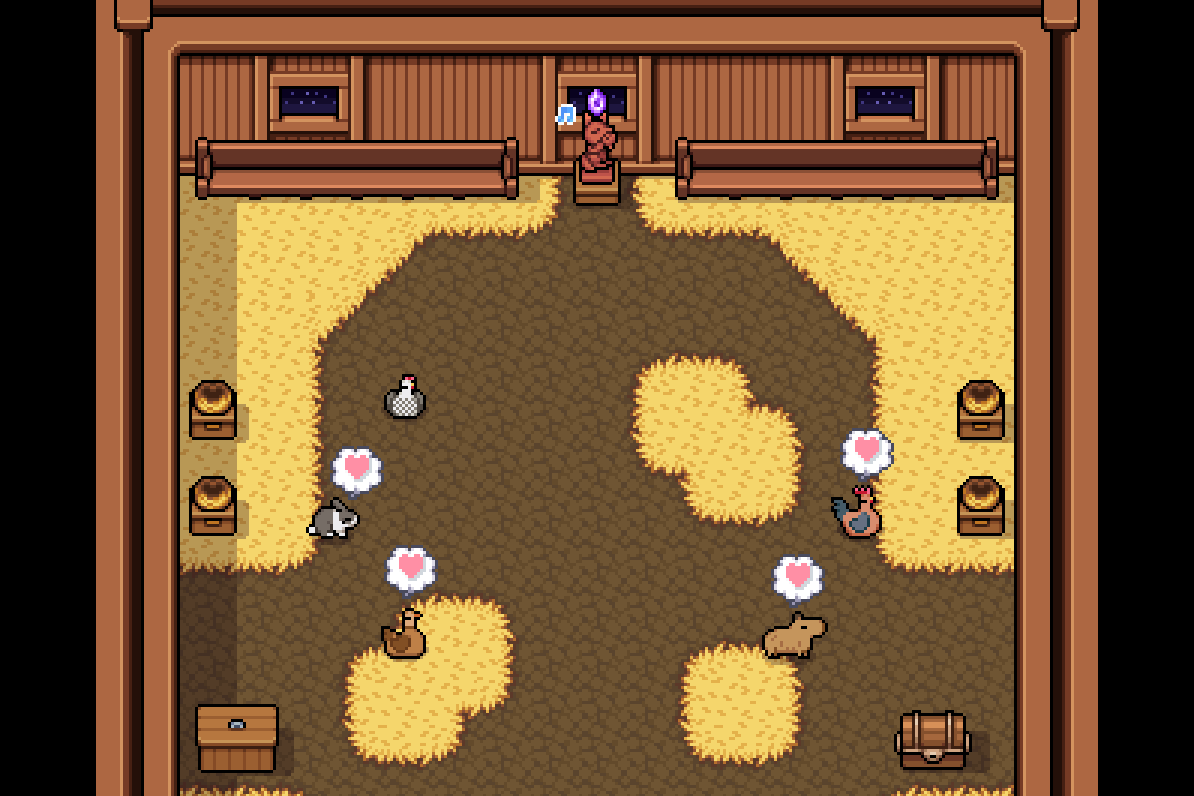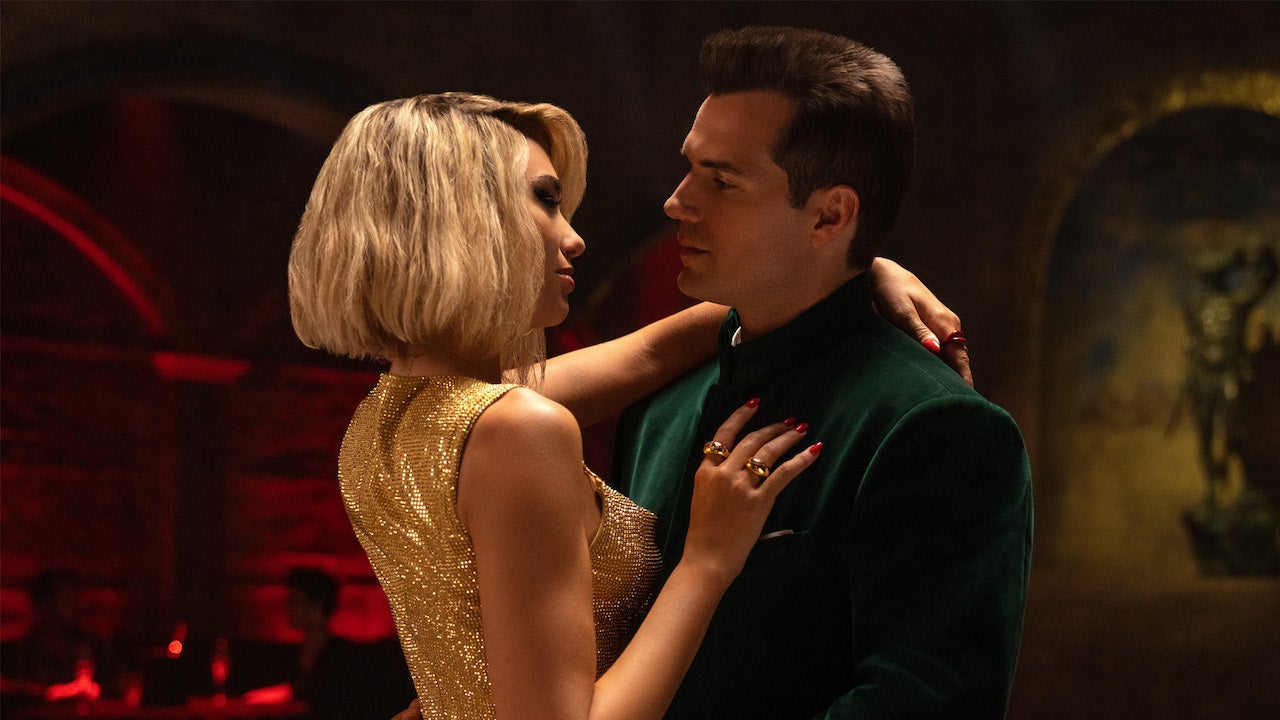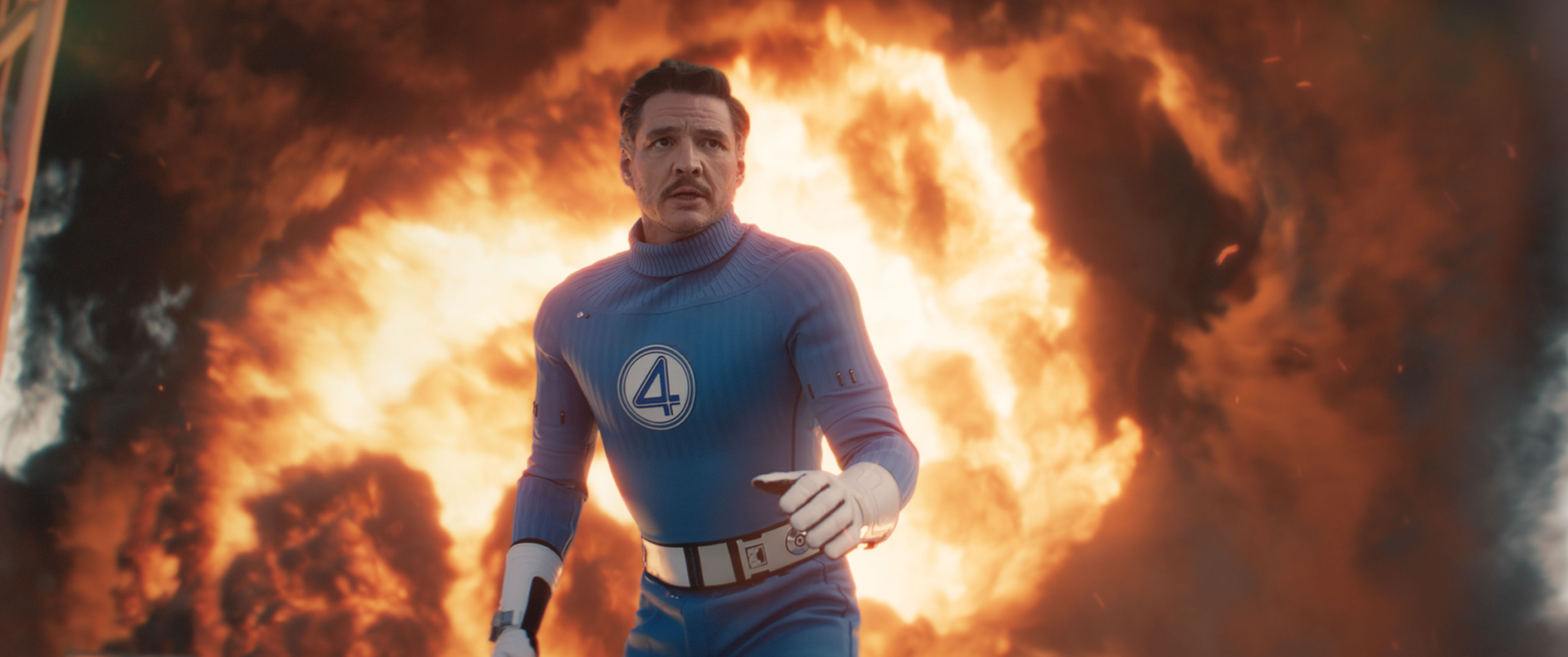
These days, practically every technology employs artificial intelligence in one way or another, from the hodgepodge summaries at the top of Google search results to email programs auto-summarizing incoming messages and offering to compose outgoing ones. In Hollywood, machine learning tools and generative AI have been folded together under the same umbrella, causing arguably overstated furor over audio tweaks in the Best Picture nominees The Brutalist and Emilia Pérez, and a more practical furor over writers learning that their scripts are being used to train AI screenwriting programs.
Amid all the conversations about the use of AI to direct, script, shoot, or simply tweak movies, the first AI-made short movies have already hit the market, and a full-length AI-generated feature recently debuted at one of the industry’s most prominent festivals. That feature attracted little notice outside the festival, and few reviews — but its existence makes the concerns surrounding AI technology and its use feel more urgent than ever. The future is here, and it looks uncanny.
‘What’s Next?’ isn’t just a title
In February, the 75th Berlin International Film Festival featured a movie made entirely of AI-generated video clips: What’s Next? by Cao Yiwen, a film that’s appropriately titled for the kind of conversations it ought to generate. While you’d be hard-pressed to find critics who watched and reviewed the 72-minute film (it has only 50 or so audience ratings between Letterboxd and IMDb, most of which skew negative), the festival’s description — which explicitly notes its artificial nature — generated enough interest that several of its screenings sold out.
Cao, a Chinese artist who studied in Hong Kong and San Diego, was forthcoming and enthusiastic about her process when we sat down at the fest. She was proud of the six straight days it took her to generate all of the three-to-four-second clips showcased during the movie’s 72 minutes, inputting prompt after prompt from her script.
I’m on the record as a skeptic about AI filmmaking, so it should come as no surprise that Cao and I didn’t see eye to eye on the process as a whole. However, our polite chat illuminated perspectives I hadn’t previously accounted for, in terms of why someone might be attracted to this form of creativity — if it can be considered creation at all.
At the same time, it exposed some thorny ethical concerns. Generative AI tools have been closely scrutinized for potential copyright infringement, given the ways they pull from existing images to create “new” ones. Social media is already flooded with uncanny “AI slop” and Studio Ghibli knockoffs, which are easy enough to dismiss as unserious. Any movie created with image generators would be subject to the same kinds of ethical debate. But Cao and the festival’s programmers seemed keen to wash their hands of that question.
Is AI just a new genre of movie?

Cao firmly believes her work should be categorized differently from traditional cinema. “I think people can regard AI as a new type of film, just like romance, thriller, or suspense,” the director said. The movie’s AI-generated nature is obvious at first glance, given its uncanny, high-contrast digital images, each with kitschy colors and odd proportions. The point is, in part, that What’s Next? is a facsimile of familiar images. It’s a movie made with new technology — but it’s also a movie about experimenting with this tech, and about Cao’s underlying reasons for its use.
Its story begins in a fantasy realm where the physical textures move like LSD hallucinations, and where magical creatures are awash in rainbow hues — a dreamworld of infinite creativity. The movie’s text titles (also AI-generated) speak of a utopia that becomes infected with something nebulously evil, as described by janky, AI-generated text inserts. What follows is a string of discomfiting close-ups of demonic men and battered women, revealing deep anxieties about gendered violence and discrimination. They come with glimpses at the specter of Western capitalism through gaudy, twisted depictions of familiar American iconography, like the Statue of Liberty. These are all concerns on Cao’s mind, stemming from the hurdles she experienced when trying to make movies the old-fashioned way.
However, the film’s thematic lucidity doesn’t change the fact that it’s unpleasant to look at. The current limitations of AI image generation make it feel repetitive. The vast majority of its shots are brief push-ins on various oddly shaped human faces, which works just enough to pique initial curiosity but before long makes it feel like a screensaver. The movie makes its bare-bones point about social fragility, then meanders for what feels like an eternity. Perhaps it would be more fitting for a museum wall than a movie theater — but that would mean categorizing it as art, which poses a major problem.
Cao’s images, which warn of the world’s susceptibility to war, seem to emanate from some unquantifiable collective consciousness out in the ether — but this is an artistic reading, not a logistical (or legal) one. In reality, even if the average audience can’t recognize the origins of each image, the digital data had to have come from preexisting artwork, on which generative software is trained. (Cao mostly used Runaway and Discord.) One might be able to spot influences like Lisa Frank in the gaudy coloring, and various animated Star Wars shows in the elongated proportions of some characters’ heads. But whether Cao is aware of these sources, or concerned about them, is another matter entirely.
Trusting the tech or passing the buck?

Cao says she considers herself the author of all the footage in What’s Next?, since the text prompts that originated them are hers. When asked whether her movie’s similarities to other works change that relationship, Cao defaulted to trusting Silicon Valley when it comes to tech companies at large: “Actually, I think according to recent AI company policies, they promise that everything the AI generator creates is unique,” she says. “But even in an extreme situation, if two people or even a hundred people end up with a hundred of the same short videos by using AI, they can’t organize it into the same story.”
In a separate interview, Berlinale programmer Dr. Barbara Wurm — section head for the independently curated Forum program — responded at length to Polygon about why the festival chose to platform the film. “It seemed to be a very interesting starting point for the discussion of using AI-generated images and sequences,” she said. Her full statement about the artistic aesthetics and intrigues of AI filmmaking explores a number of different angles — you can read that full interview here.
But regarding the ethical and legal concerns associated with What’s Next?, she pushed the question back toward Cao. “In terms of copyright, I must admit, I am not an expert,” Wurm said. “Just like with every other film we select, we can only trust the confirmation we get when a film is submitted and then accepted — that all right-clearances are being taken care of by the production.”
The problem with Cao’s faith in tech conglomerates — and Wurm’s faith that filmmakers already have a handle on any legal or ethical issues surrounding their movies — is that Runway has, in fact, come under legal fire for being trained on the work of existing visual artists. That means a film like What’s Next? is a possible case of copyright infringement, which is something creators and festivals alike should consider. Sorting through the ensuing ethical conundrums isn’t simply someone else’s problem.
However, it’s all too easy to reduce the issues of AI image and video generation to a legal question. The temptation to make movies this way, whether out of curiosity, laziness, or a lack of resources, extends outside of those parameters. If training generative AI on protected material was suddenly made legal tomorrow, the ethical debates around copying other people’s art and replacing human labor would still persist, just as it exists around the question of human actors’ likenesses being reproduced without their permission or outright replaced via picture- and video-generating tools.
How AI could be a democratizing tool

Cao’s view of her process helps illuminate some of the larger issues at hand — primarily, the eagerness with which even well-meaning creators might partake in the growing AI frenzy. For Cao, it all comes down to ease of access, and the way AI made it possible for her to make a movie on her own. That let her dodge the gendered and nepotistic hurdles around who gets to partake in traditional moviemaking.
“In 2018, I tried to use my own money to make a suspense feature, but at the time, I was just starting out,” Cao recalls. “People didn’t want me to be the director. They said, ‘You are brand-new. There are too many risks.’ So I listened to my producer’s suggestion, and let a male director direct my script.” The result was the 2019 crime-comedy Chubby Café (titled Strange Coffee on Tubi), in which Cao also had an on-screen role.
For Cao, the differing cultural expectations for men and women in China — with a greater emphasis on marriage for the latter — proved limiting for her as an artist. Her concerns around these constraints bleed into the story of What’s Next?, which she made after spending seven years writing and rewriting another “feminist suspense” movie that never came to fruition.
“I found that no one wanted to invest in me,” she explains. “They think, Oh, you have no fame, and you’re just a beginner. You didn’t direct before. I’m curious about how other people can get that chance for the first time. Unluckily, I found that they may have a strong family relationship [within the industry], which I didn’t have. So I had to do everything by myself.”
Despite any knee-jerk aversion to AI cinema, it’s hard not to empathize with Cao’s reasoning, even if one considers a film like What’s Next? to be outright theft. The difference is how people on either side of the AI aisle view the tech companies in charge. To Cao, they’re liberators who ought to be closely monitored for future ethical breaches, which she seems unaware (or unwilling to acknowledge) are already happening. To the artists suing Runway, they’re vicious swindlers — the other side of the capitalist coin that robs independent creators like Cao of resources and opportunities in the first place.
Ultimately, Cao wants to return to traditional filmmaking with flesh-and-blood actors as soon as she has the chance. She sees What’s Next? as the “first paragraph” of a lengthier cinematic essay she plans to pen across various films — both AI-generated and live-action alike — which she hopes will convey her “core values” to her audience. These include her views on the power imbalance between genders, as well as human loneliness; for the latter, she sees language models like ChatGPT as potential cures. (She says her grandmother often talks to DeepSeek.)
Despite her affinity for the technology, and her insistence that even AI-generated images retain her authorship, she maintains a humanistic outlook on creativity. “I think about using real actors, because no matter whether you use AI or traditional filmmaking, the story is the most fundamental thing,” she says. “And that’s why humans can dominate AI.” On that, at least, we agree.
Source:https://www.polygon.com/ai-artificial-intelligence/563883/whats-next-ai-generated-movie-interview-ethics

